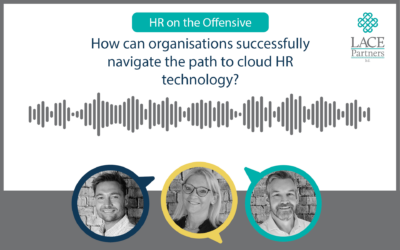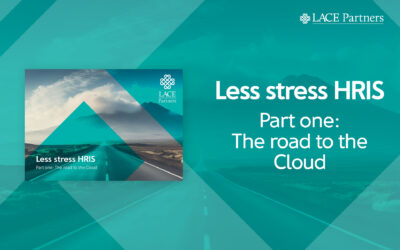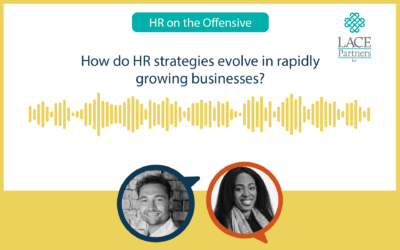Listen to the audio version of this blog:
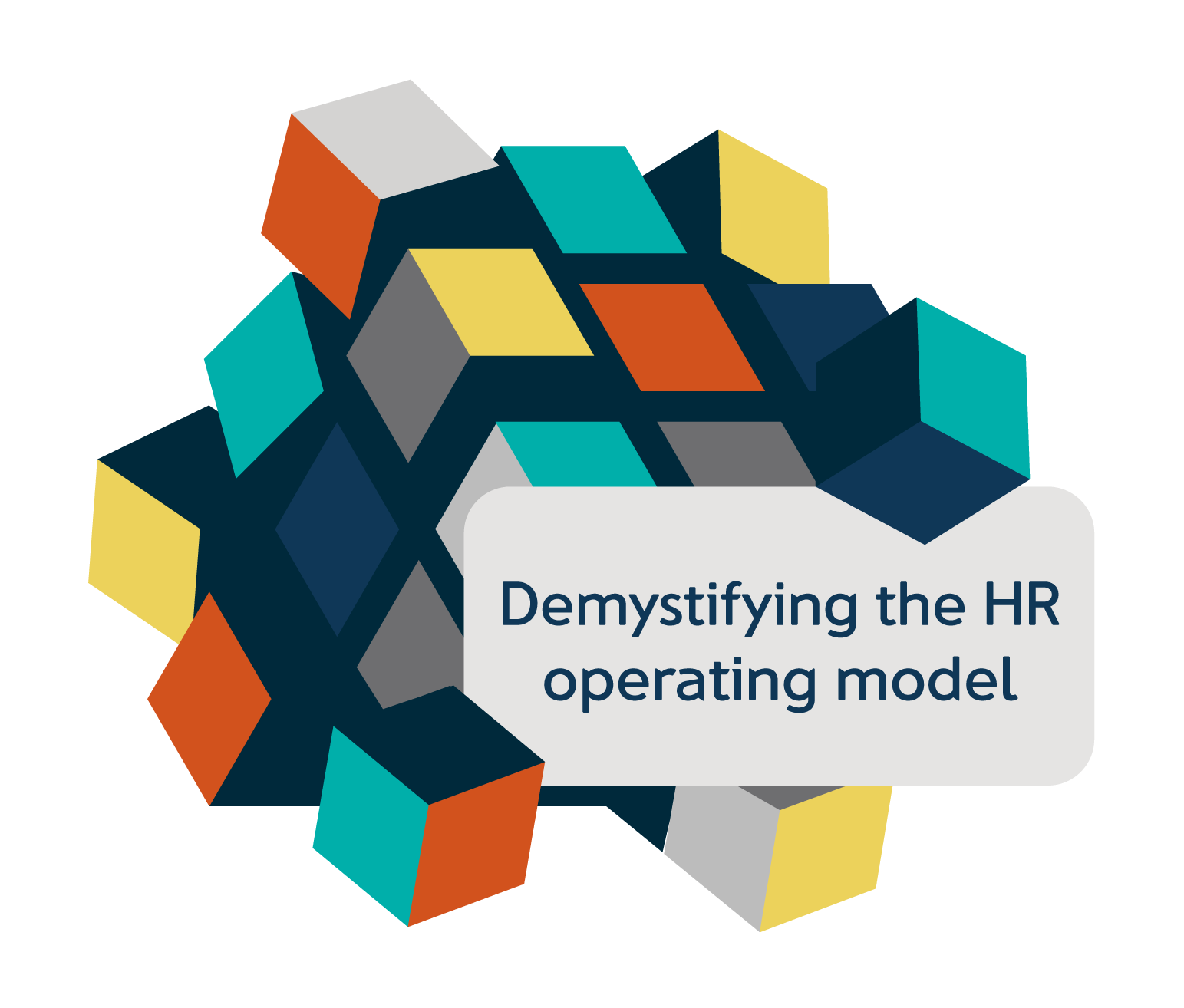 In a recent blog, we discussed the various and often competing accountabilities of the Chief People Officer (the ‘hats’ CPOs wear) and the purpose of the HR or People function overall. In this blog, we introduce the capabilities that differentiate high performance for HR organisations, based on our work with Chief People Officers and their teams over the past ten years. Our ’10 traits’ model can be used as one input to help frame and shape the HR operating model, combined with business drivers – which we will cover in our next blog.
In a recent blog, we discussed the various and often competing accountabilities of the Chief People Officer (the ‘hats’ CPOs wear) and the purpose of the HR or People function overall. In this blog, we introduce the capabilities that differentiate high performance for HR organisations, based on our work with Chief People Officers and their teams over the past ten years. Our ’10 traits’ model can be used as one input to help frame and shape the HR operating model, combined with business drivers – which we will cover in our next blog.
But firstly, let’s take a quick step back…
There are many different views in the marketplace on the ‘optimal HR operating model’, some of which can seem conflicting. As part of ‘demystifying’ the topic, we’ve selected a handful of perspectives from big consultancies and HR research companies to see what they have in common and reflect on the exam question of whether there really is a one-size-fits-all operating model for HR.
- Gartner: Playbook for Increasing HR’s Strategic Impact
- Mercer: Why a target interaction model (TIM) is the key to unlocking the employee experience
- Deloitte: The People Product Operating Model
- Josh Bersin: Redesigning HR – An Operating System, Not an Operating Model
- McKinsey: HR’s New Operating Model
What do these models have in common?
- Strategic alignment – The imperative to build the HR operating model around the needs of the business (Mercer), with HR teams focusing on problems, not just programmes (Bersin), developing new skills and using data and insights to inform decision-making (Bersin). In one model, the senior-level HR Business Partner role is re-focused to that of a strategic Talent leader (Gartner) and in another, a Leader Advisory group works as account managers to find opportunities to expand product services and experiences to new business units / identify new requirements from the business. This is a core theme explored in our previous research, HR on the Offensive.
- Employee experience – Design around employee’s needs and experiences to deliver relevant services to drive measurable engagement (Mercer) and human-centric interactions (McKinsey). Teams may be organised by experiential portfolios, such as join and perform, taking a holistic end-to-end approach to solution development (Deloitte). In our EX-revolution campaign, we highlighted how vital employee experience is in shaping business success and the need to consider a holistic employee experience model covering the human, digital and physical impacts of experience as well as brand alignment, leadership and customer centricity.
- Digital and automation – Embracing opportunities afforded by the latest technology and optimisation of existing platforms to drive efficiency and create capacity (proposed by all models we’ve highlighted).
- Agility – Either through the adoption of agile principles to prioritise HR’s capacity and expedite change (McKinsey) or through structural changes such as the creation of pools of HR resources to problem solve and work on projects (Gartner), in addition to creating innovation by bringing in the right expertise (Mercer) and helping deploy new products and services (Deloitte). HR functions working in such a way that not only allows capacity and capabilities to be focused on where they are needed most, it also helps break down silos, a common pitfall in HR operating models, as described in one of our previous blogs on operating model challenges.
Where do these models differ?
- Role of the line manager – The only model which explicitly calls this out is McKinsey’s ‘HR’s New Operating Model’, which explores the need to re-empower frontline leaders in the business to create human-centric interactions, reduce complexity, and put decision rights where they belong. Various wider research has highlighted the importance of the line manager role and experience on driving employee engagement (e.g. Gallup), so the implications of the HR Operating Model on this group should not be underestimated.
- Single model vs themes – Of the five ‘models’ we reviewed, three put forward a proposal for the optimal HR operating model (Gartner, Mercer and Deloitte) and two share perspectives on innovations or themes which should drive its design (McKinsey and Bersin). All are useful reference points to shape thinking.
There isn’t a one size fits all approach to HR operating model design. It’s all about context.
LACE perspective: The code of a modern, leading people function. The ’10 traits’ of high performance.
Every modern People function requires a combination of four ‘bases’: people, process, technology and governance: the pillars of an effective HR operating model. The specific combination of these bases is unique to every organisation, with the traits determined by business context and the desired service offering and experience for employees, people managers and business leaders. It is this combination of traits which creates the function’s genetic code or DNA.
Based on our work with People and HR functions in many global organisations, we have distilled 10 core traits for future success.
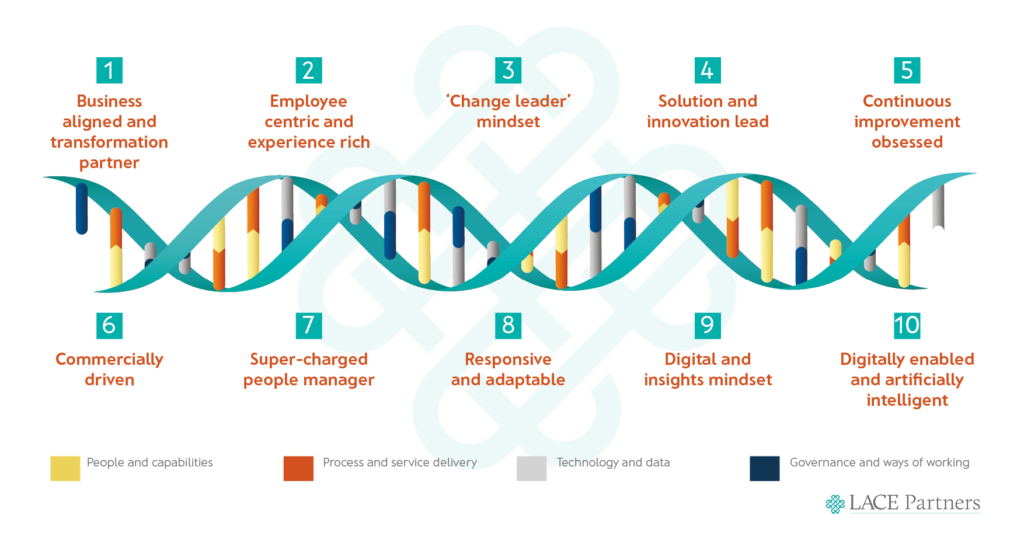
When assessing the effectiveness of an organisation’s current HR operating model and the levers which can be pulled to optimise existing ways of working, we recommend considering:
- The accountabilities or ‘hats’ of the CPO
- The ‘10 traits of high performance’
- The wider business context – in particular, the organisation’s geographic spread, workforce demographics and its business drivers.
Flexibility is required in how you architect the HR operating model to support these, as well as continuous review given the changing nature of business and workforce expectations. By considering the ‘traits’ of high performance, CPOs and their leadership teams can dial up or down their focus on specific areas to adapt to changing business needs and remain relevant. Each trait is also measurable, to help articulate the impact of this focus.
In our next blog, we will explore the wider business context and introduce four business drivers which should be considered when developing your optimal operating model. Chapter 4 of our campaign will then expand on this to provide HR operating model considerations and reflection questions, depending on where your business may be trying to get to.
To stay in the loop with the latest from our Demystifying the HR operating model campaign, sign up to our newsletter and follow us on LinkedIn. For any questions, thoughts or comments, we would love to hear from you via the form below.


